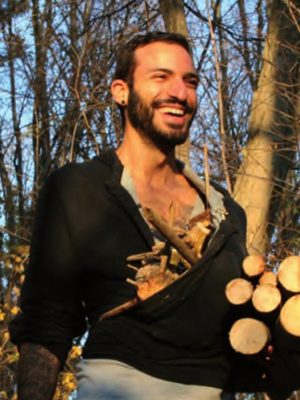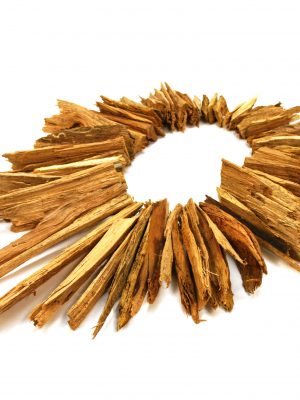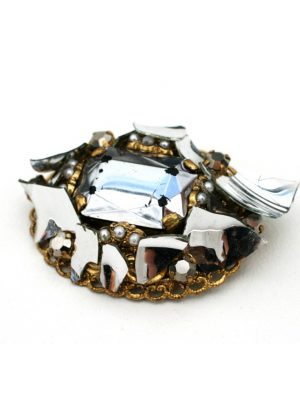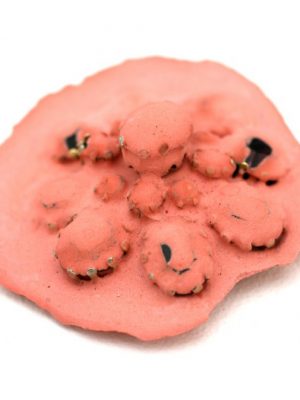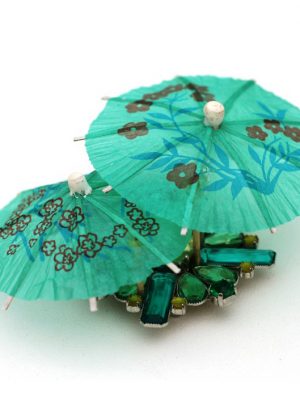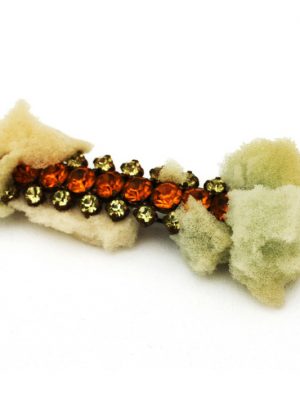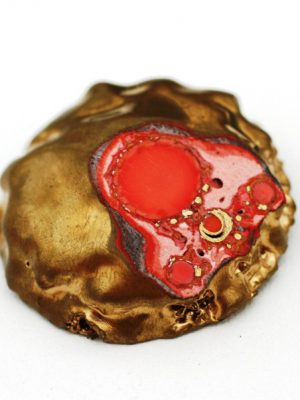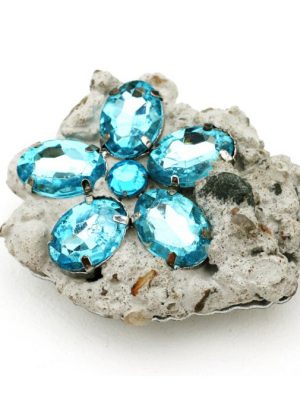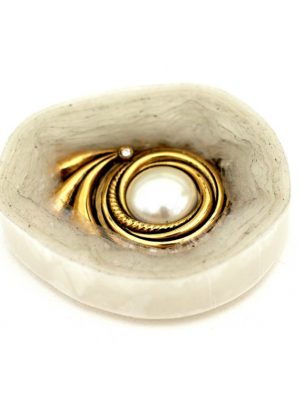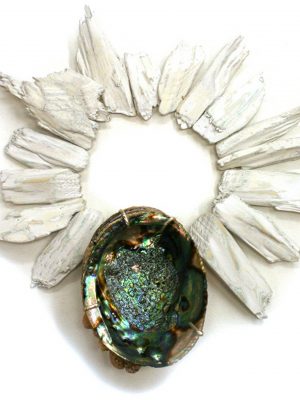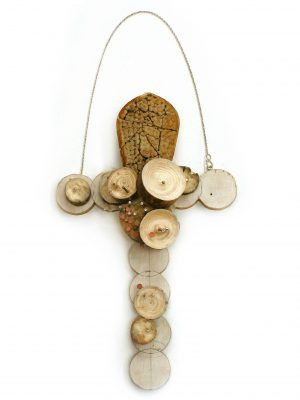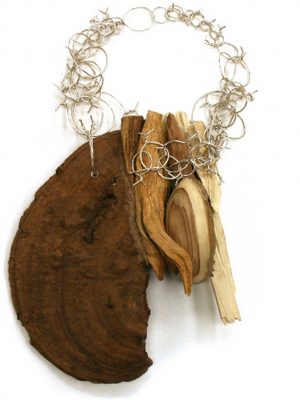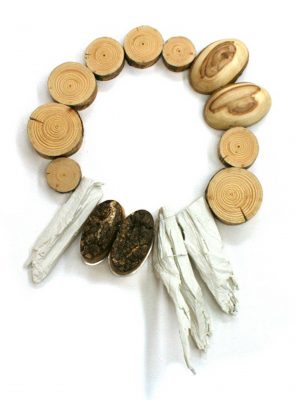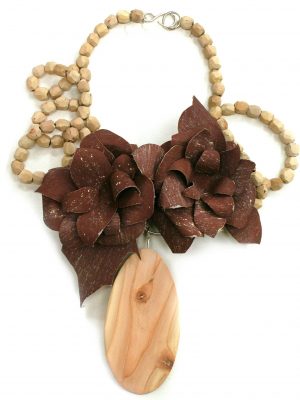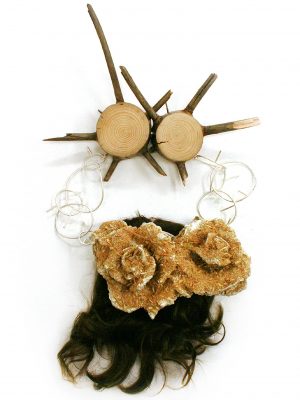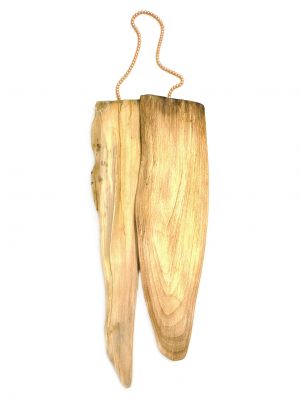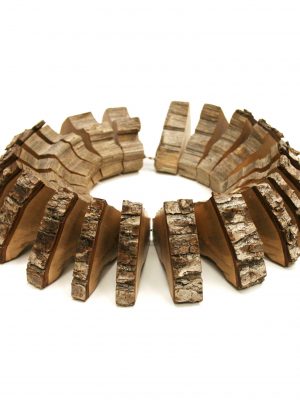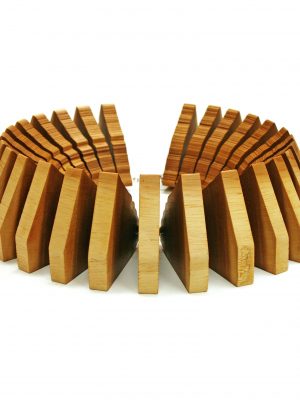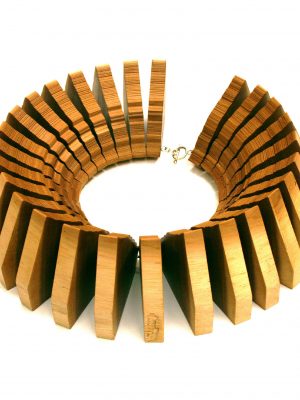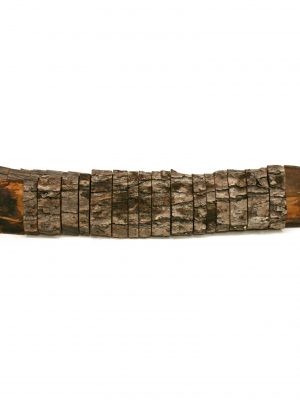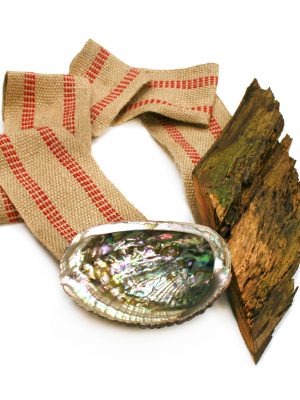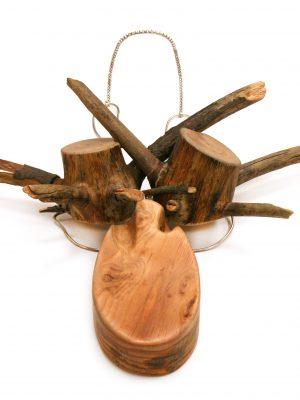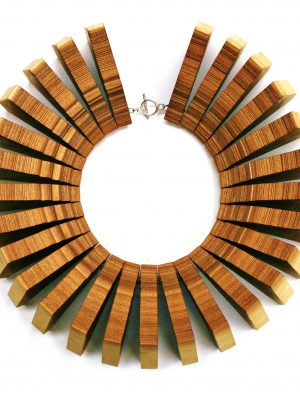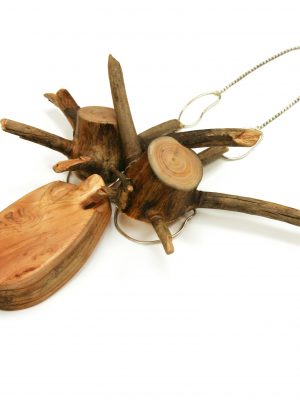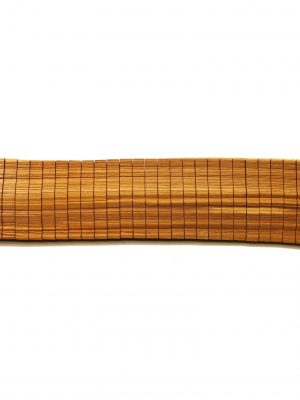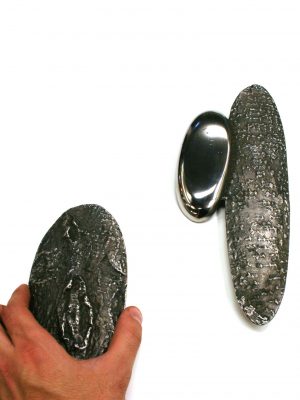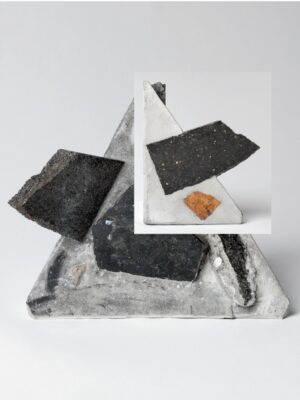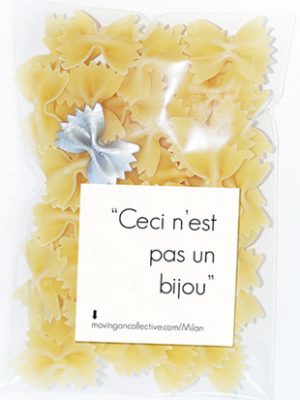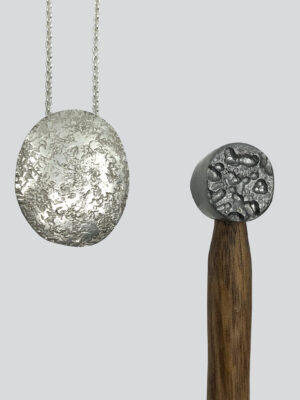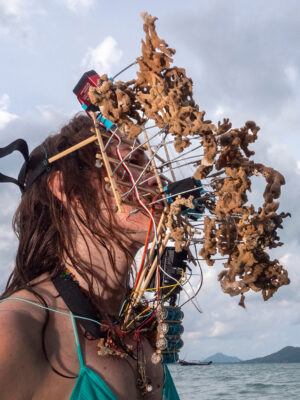CURRENT OBSESSION:
Tell us about yourself. You are originally form Portugal, graduated from the Gerrit Rietveld Academie in Amsterdam, then moved to Michigan, US to pursue the Master degree at Cranbrook Academy of Art. Now you are living and working in New York City, right?
Edgar Mosa:
That is correct, funny to master putting 26 years of one’s life in one single sentence.
I have last landed in New York, about a year ago. Thinking through the experiences of yet it feels as if I have been here a long time already, though if I guide myself trough memory, it seems like I haven’t left Detroit. Or Amsterdam, for that matter. Neither have I left the great people that I have met along the way, that have made me. I miss them a lot. I think life has given me many good things I would have not achieved what I have this far, had I not sought the right advice and have gotten the good support from my superiors and my peer group.
C.O.:
I first encountered your work in July 2009, during your graduation show from the Rietveld Academie. It was all plastic colorful costume jewellery, festive and screaming for attention. It is a long way from what you have produced during your ‘Cranbrook period’. What changed?
E.M.:
Yes that was at the Degree Show at Galerie Marzee. I remember very well meeting you. That project started a year before, when I spent about a month working with local craftspeople in Nepal. It may not have ended yet, as I keep on collecting broken jewelry to this day. And, of course, lots of rubbish.
Back then I was concerned with sustainability, and admiring some jerry-rig solutions, MacGyver Style. I have this memory of countless objects my grandmother used to mend, such as cracked metal buckets, poked and stitched together with thread. My grandfather carved his toothpicks out of used matches. Genius. So, I took the challenge of going to Nepal in search of these kinds of self-thought techniques, un-institutionalized, unique. And to experience peoples loose appropriation of materials, not minding aesthetics, but purpose. In the end, nothing is waste, all is potential.
Once I got back to Amsterdam, I sought to apply a similar method to jewelry that I had purchased from flea markets. God knows I love those! Mmm.. My friends know better. Every day I had a small package with a note on my desk, or on my mailbox. Unwanted-out-of-fashion-damaged bits and pieces of small treasures, often carefully wrapped in silk paper or bubble wrap. The work seemed best finished even before it began. I think that collection became, in the end, a portrait of Amsterdam and Nepal. And what has recently started to become a discussion in the art and craft academia, ‘regionalism’. It was about combining specificity of materials, of techniques. An archive of things that will eventually perish; as much as the pieces which have a very ephemeral quality in them. What I mean is that, for instance, you can trace a candy wrap from the famous Dutch store HEMA in one of my pieces, as you can find a woven pattern used in Nepal for basket making.
After this, geographical narrative became a subject matter to my work, not conceptually nor methodically, just in the way I chose my sources of material and techniques. They bend and shift. Sometimes they re-appear. These are usually guilty pleasures.
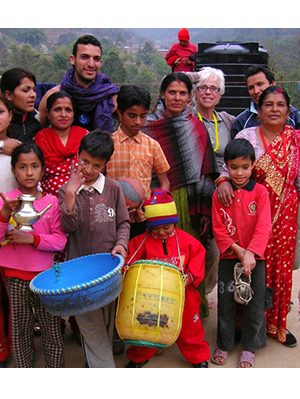
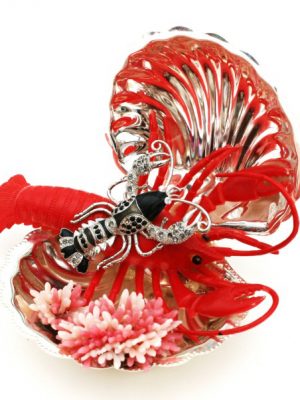
C.O.: Manon van Kouswijk vs. Iris Eichenberg? What do these two teachers/studies contribute to who you are as an artist now?
E.M.:
I am a sucker for
1.) Personal narratives, and
2.) Those, who push themselves out of their comfort zones and cultural norms.
I love Iris. And it’s hard for me to tell if I am more of a fan or of a lover. But if I’d have to choose, I’d choose the latter. Iris is my jewelry affair, and above anything that she may have thought me or infused me with, she showed me how to love things, be touched by them. She has, as she always does, with everything she handles, introduced me to accepting my own vulnerability, and it’s essential role onto doing that what we do. She also confirmed a theory of mine: you work the way you cook.
Manon always reminds me, and makes me believe that what we do has good reason and relevance. She makes jewelry out of jewelry, and toys around with seriousness in an ingenious way. I think it is partially thanks to her that I have kept on making jewelry, giving up on choreography school for good. She is extremely professional and efficient, and will certainly indicate you the right track of reason, quality, and desire.
C.O.:
Quote from your website: ‘Trees are like people – its not like you can just walk up to them and expect to get along.’ What is required to get along with a tree?
E.M.:
Hahaha. Well, at a certain point that sentence took a new form, backstage, and oftentimes mentioned in mockery among my colleagues: ‘Trees are like people – you never know when they’re gonna slap you in the face.’
That is quite straightforward; every kind of relationship requires interest, dosage of character, and a lot of labor.
I spent a winter in the woods, wrapped in a ski suit, armed with a saw, lots of sand paper. In the wilderness, thoughts get a lot clearer; especially if you are thinking of design, form. The work became a dialogue of mood and reciprocity with the dead trees I chose to cut down, the simplicity of assembly, and the time consuming labor to their polished finish.
I have been talking to trees for a while now and it is not always that we understand each other. Relationships in life, with places, people and mirrors, are just like that.
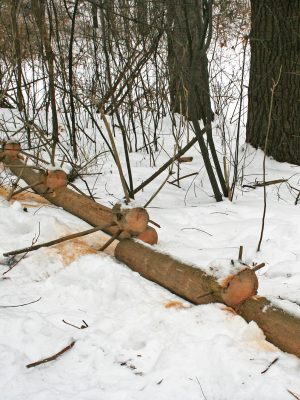
C.O.:
What is your ‘work beacon’ – something that always remains, despite the medium, media, location?
E.M.:
Mmm… there we go, the ‘guilty pleasures’. Well, one thing that is inherited from work to work is a sense of measurement. Whether by often presenting modular units, or placing the body in an environment, as an idea, a definition of scale. But this is not something I seek to return to, I believe it to happen more intuitively. Now, if you are asking me about what makes me do what I do, what keeps me going… I suppose it would be the fact that I am deeply seduced by the things I hate. Discomfort, and the awareness of limitations is a constant drive. This is, clearly, what makes them Guilty Pleasures – the secrecy of my passion beneath my own moral judgment. This is why, for instance, my body of work ‘Covers’ references Fashion Jewelry, and also why I chose to come and live in the most money-driven city. I guess I’d have to go back to the word vulnerability, but choose not to tell you my weaknesses…
All I know is that our enemies can tell a great deal about ourselves.
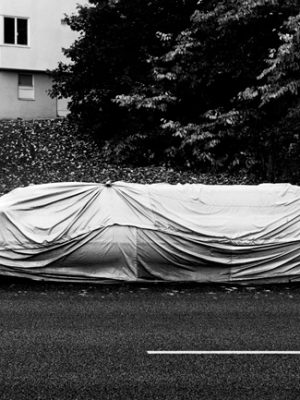
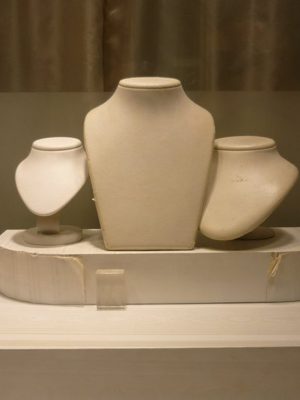
C.O.:
Would you agree: In your earlier ‘Covers’, 2009 work you talk about how jewellery as a subject can reflect on social phenomena as ‘becoming’, ‘coming out’ emerging as a human being and an artist. Costume jewellery becomes a material from which new jewellery is molded, and it fits very well with the whole effective, ‘visible, tangible conceptuality’ which is what the Rietveld, and the Dutch design as a whole are praised for.
E.M.:
With ‘Covers’ I sought to, trough a lens of a contemporary artist, make homage to costume jewelry – ornament, the intuitive. And craft as a source of meaning, a rational value.
What you are buying is a labored idea, and both a re-invention and artifact.
The name ‘covers’ came from the fact that at the beginning of the project I was literally covering the pieces, by pouring plaster over them, taping, wrapping, bonding. I had to make sure that the unwanted use of ornament was obliterated. A ‘cover’ is also the name given to an existing composed song, sang with your own voice and rhythm.
Jeanette Winterson wrote in her latest book entitled ‘Why be happy when you can be normal’: ‘When we tell a story we exercise control, but in such a way as to leave a gap, an opening. It is a version, but never the final one. And perhaps we hope that the silences will be heard by someone else, and the story can continue, can be retold.’
Have you ever experienced growing up as a gay boy in the sexist society of the early nineties in Portugal? There is an anthropological message to the work, one that I chose to tell on my own terms, trough my own experience, a little naive, a little dramatic, just as it ought to.
Covers, 2008
At the end stage of the project I was covering the original pieces less and less, and instead, using the added materials to point out, enhance their ornamental proprieties.
Whether you underdress or overdress, you are constructing a character. With jewelry, and trough the act of making, it is just the same. This probably does not apply in two cases, as I have endlessly wondered, how can Dorothea Prühl and Tarja Tuupanen walk so fit in between these lines.
In short, what I was trying to say is that we all cover ourselves: to fit in certain circles, to follow certain trends, to communicate, belong to. I was craving to introduce the tackiest cunty piece of fashion jewelry into the contemporary field, maybe intended more as an act of rebellion than a genuine love for the ugly and unwanted. But maybe not, maybe it was love. It is true that your intentions also change as they develop, and you change the way you defend them, as you become more conscious and aware of what they can do.
Interesting to see now that the pieces are in exhibition at the Gallery Louise Smit in Amsterdam, and meanwhile, have just been inquired by the fashion label Comme des Garçons, and are likely to make it to their upcoming store Dover Street Market in New York City.
C.O.:
In the latter work, like ‘The Mountain’, 2011 the pure conceptual interest wears off, becomes more vague and irrelevant, giving way to the deep understanding of the medium, a higher sensitivity towards the material and its capabilities. I think it is very important to pin point this ‘breakover’, where jewellery transcends itself.
E.M.:
Ah.. well.. give me a moment, let me wrap my brain around this, I have to go back on time a bit..
(…)
Well, let me say first that I felt a kick in the stomach when you said that the conceptual interest wore off. But yes I have to agree: the conceptual interest is not there, only the conceptual drive remains. Perhaps with ‘The Mountain’, at some point along the way, I stopped thinking about pleasing my audience. I did stop thinking, and with it started giving way to feeling, making. It felt like I was dancing again. The whole collection is so labor intensive, and there is so much of material exploration, yet, always around the same material (wood). I think that this project pushed me further in understanding where I was, as a craftsperson in America. Looking back now, it probably is a body of work that reflects what American jewelry is to me – the concern of expertise, the value of time in labor, the fabrication of nature, or freezing an image of that what appears natural.
But in the end, the jewelry maker, like the choreographer, needs to know the dancer, to dance, touch, and be, an absolute. I could defend that I was more interested in making a cross-disciplinary work rather than commenting on the jewelry field alone. But I would be lying. I was simply, not thinking.
C.O.:
What are you working on now? Give us a teaser: key words, an image?
E.M.:
Beads, table legs, cast brass. When you face up the sun with eyes closed, and then, when opening them up, gaze forwards. Everything you see has a misty halo, followed by a sharp light. That, that moment of sweet confusion. The moment that precedes the welcoming vulnerability.
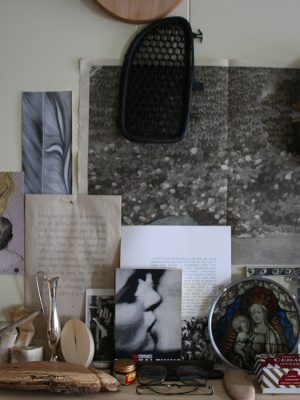
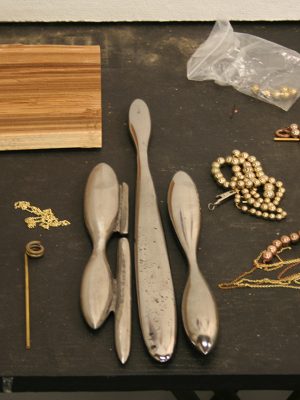
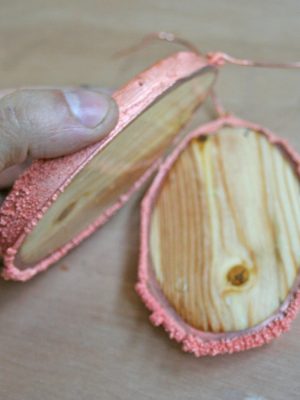
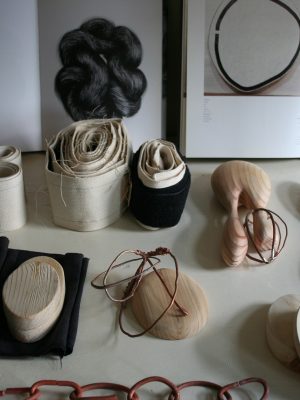
C.O.:
Why did you stay in New York, what are the possibilities you see there for your career? Where do you see your path right now?
E.M.:
I first came to New York because I had to. It would be nonsensical to come study in America and not explore the land, specially this State. After my studies, I decided to move here. It was the first time that I chose not to prioritize my work, and made a choice for myself, for my life. Sometimes its good to follow your gut and choose life, allowing you to make mistakes, keeping you challenged. There was anxiety, and oftentimes there has been panic. But it keeps me on my toes. When I asked Iris if it was the right decision for me to pursue, she said that doing the right thing is not always the right thing to do. It was settled.
New York, 2012
Never, throughout my education have I learnt notions of business and commerce. The big taboo in European art teaching. It so happens that when you leave the softy loaf of academia, the world is quite crispy on the out. New York has presented me with really good challenges, from teaching me how to start a business to helping me understand what people, from different angles of the field, find relevant in the work we do. From teacher to students, galleries to collectors, shop owner to consumers, stylist to photographers. It’s refreshing to learn that our work can live many lives, and construct different messages according to its context.
It has also, by means of lacking, showing me the things I value in life, and how I see my work developing. I sure miss cheap rent and the big spaces, and the part time job that, twice a week, is enough to cover most costs. I miss the quality of graduate work that comes out of the European academies, much as the gallery and institutional world, seemingly steady and always promising of a next chapter.
For this reason I have been investing in teaching. I have been invited to teach classes at the 92 Y, Pratt Institute and Parsons, which have been taking a lot of my time and dedication. It is clear to me that the students here are not pushed as hard as I was back in Europe. Teachers in the US have a very tough position. Failing a student due insufficient proficiency would weight on one’s conscience due to the high cost of school fees. Also, as the financial crisis generates fear of unemployment, one has only so much margin to push students, risking falling unpopular among them.
These are just my thoughts, and they may not be the right reasons, although I am quite sure that there is far too much affirmation, too many promises of talent, a big chunk of politeness and lack of sincerity in the american educational system.
At the end of the day, I still feel like I am up to something. This is what keeps me here.
